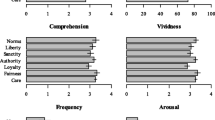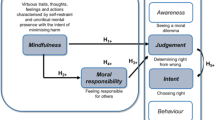Abstract
Contemporary virtue ethicists widely accept thethesis that a virtuous agent's feelings shouldbe in harmony with her judgments about what sheshould do and that she should find virtuousaction easy and pleasant. Conflict between anagent's feelings and her actions, by contrast,is thought to indicate mere continence – amoral deficiency. This ``harmony thesis'' isgenerally taken to be a fundamental element ofAristotelian virtue ethics.I argue that the harmony thesis, understoodthis way, is mistaken, because there areoccasions where a virtuous agent will findright action painful and difficult. What thismeans is that the generally accepteddistinction between continence and virtue isunsupportable. This conclusion affects severalwell-known accounts of virtuous action,including those of Philippa Foot and JohnMcDowell. A closer look at Aristotle, however, providesanother way of distinguishing betweencontinence and virtue, based in hiscategorization of goods as noble or base. Iargue that virtue is exhibited when anagent's feelings harmonize with his correctjudgments of value, while discrepancies betweenfeelings and correct judgments of valueindicate continence. This understanding ofcontinence and virtue enables us to accommodatethe problem cases I raise.
Similar content being viewed by others
Author information
Authors and Affiliations
Rights and permissions
About this article
Cite this article
Stohr, K.E. Moral Cacophony: When Continence is a Virtue. The Journal of Ethics 7, 339–363 (2003). https://doi.org/10.1023/A:1026111711649
Issue Date:
DOI: https://doi.org/10.1023/A:1026111711649




